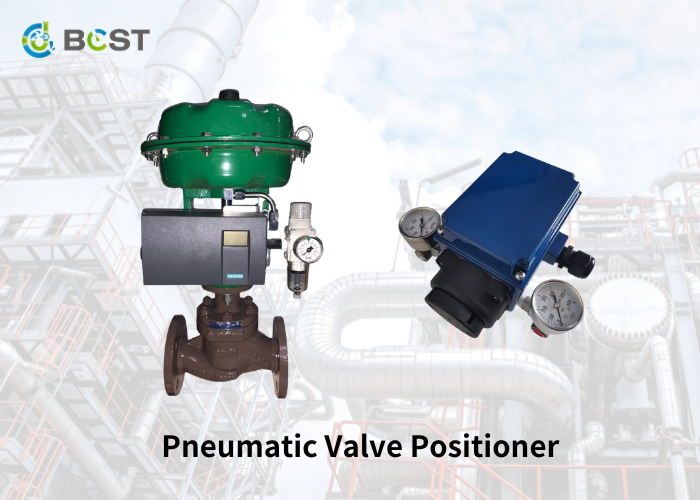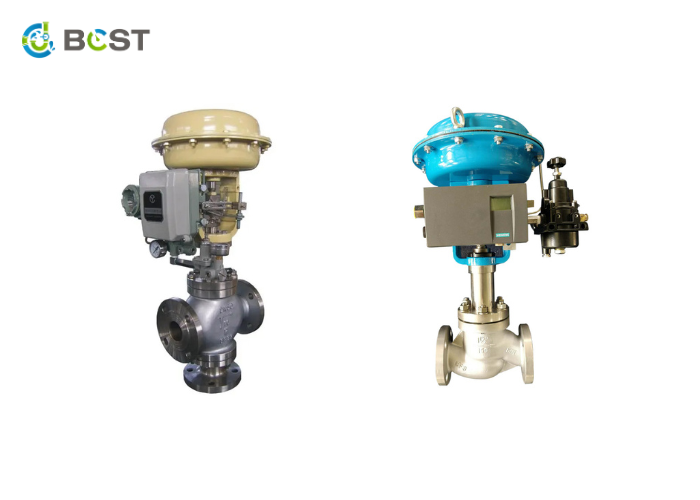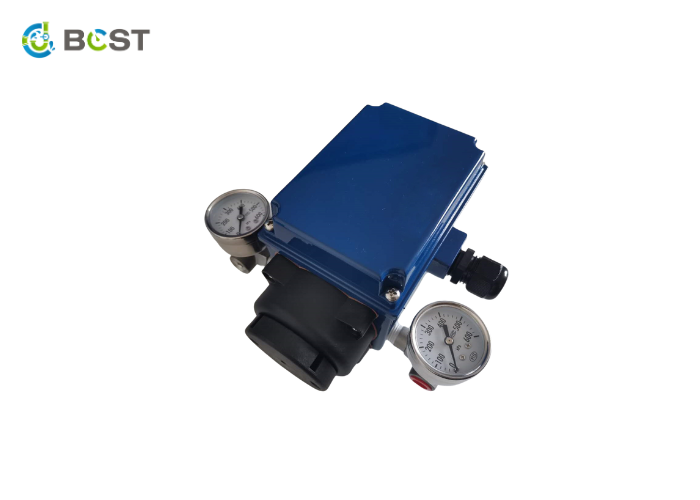
In the intricate world of industrial processes, precision and control are paramount. Maintaining the right flow rates, pressures, and temperatures is essential for safe and efficient operations, whether in a chemical plant, a refinery, or a power generation facility. At the heart of this control lies a crucial component known as the control valve positioner.
Control valve positioners are the unsung heroes of industrial automation, working silently behind the scenes to guarantee that control valves operate with unrivaled precision. In this blog, we will delve into the world of control valve positioners, exploring what they are, how they work, and why they are indispensable in process control. So, let’s embark on a journey to uncover the secrets behind this vital technology that keeps our industries running smoothly.
What is a Pneumatic Valve Positioner?
The pneumatic valve positioner is an instrument used for positioning the control valve stem by the pneumatic signal of 3-15 PSI received from a controller or a manual loading station.
A valve positioner increases or decreases the air pressure to drive the actuator.
The pneumatic positioner ensures a reliable and accurate operation of the Control Valve.
The positioner in a control valve’s major job or purpose is to interface between the PLC and actuator system to precisely alter the position of the plug for the opening and closing of a control valve.
A translator is provided by the positioner in the control valve for a certain loop. It translates the PLC language into the actuator language.
The positioner converts the 4 to 20 mA DC signal to a proportional 3 to 15 PSI pneumatic air pressure signal.
How Does a Pneumatic Valve Positioner Work?
The pneumatic valve positioner is a device that uses the force balance concept to position the Control Valve stem in response to a pneumatic signal from a controller.
The valve positioner is a force balance device that ensures the position of the plug, which is directly proportional to the controller output pressure. The Positioner evaluates the forces created by the control signal and the control valve stem via the motion connector and the feedback cam, and then feeds or bleeds the air going to the valve actuator accordingly.
The signal diaphragm receives the instrument air signal. As the signal increases, the diaphragm and flapper-connecting stem will move to the right. The flapper-connecting stem will then open the supply flapper, admitting supply pressure into the output connected to the actuator diaphragm. The exhaust flapper remains closed when the flapper connecting stem is deflected to the right. The effect of increasing the signal is to increase the pressure in the actuator. This increased pressure in the actuator causes the valve stem to descend and the positioner lever to rotate clockwise. This clockwise movement of the lever compresses the range spring through the cam. When the valve stem reaches the position called for by the controller, the compression in the range spring will give a balancing force, resulting in the closure of both flappers.
When the control signal is reduced, the force exerted by the signal diaphragm decreases as well, and the force from the range spring pushes the flapper-connecting stem to the left, allowing the exhaust flapper to open. This causes a decrease in actuator diaphragm pressure and allows the valve stem to move upward until a new force balance is established.

Types of Valve Positioners
There are three primary types of positioners:
- Pneumatic Valve Positioner.
- Electro-Pneumatic (EP) Valve Positioner.
- Digital Valve Positioner.
Where is a Valve Positioner located?
- In linear control valves, the valve positioners are usually mounted on a pneumatic actuator’s yolk or top casing.
- The valve positioners in rotary control valves are often located near the shaft’s end. The positioner is mechanically attached to the valve stem or valve shaft.

Benefits of Pneumatic Valve Positioner
Not all applications require valve positioners. Valve positioners, on the other hand, have advantages in many applications, particularly in systems where variations can be terrible for productivity or quality.
- More accurate control. Valve positioners can provide more precise control than an actuator alone since they know the exact position of the valve. Positioners also increase accuracy in the lower part of the valve stroke, where errors are more likely.
- Faster control. Positioners allow control valves to respond to changes in the process variable more quickly, reducing the amount of time the system operates above or below the setpoint.
- Consistent valve position, even with varying pressures. Variable differential pressure across the valve can indicate control loop instability. A positioner is one method for stabilizing valve position.
- More flexible configurations and functions. A positioner allows you to put distance between the controller and the control valve and use diaphragm or piston-controlled actuators. You can switch between direct and reverse control actions or change the flow characteristics when necessary. You can use one controller for two valves (i.e., split ranging).
- Frictional effects are reduced, causing hysteresis and deadband. Friction in the valve stem packing contributes to both hysteresis and deadband, which reduces productivity.






